LEADERSHIP FOR A MODERN WORKFORCE BLOGS
Equipping leaders with the emotional intelligence and human-centred skills required to retain talent and manage hybrid/remote complexity.

LEADERSHIP FOR A MODERN WORKFORCE BLOGS
Discover strategies to build a high-performing team and lead with confidence in a changing world.
Is your leadership bench struggling to retain top talent, manage hybrid teams effectively, or navigate the pace of modern change without burning out? The old management playbook is obsolete.
The Leadership for a Modern Workforce blog category provides the executive-level insights and human-centred leadership strategies required to thrive in the Future of Work. We focus on building resilient, emotionally intelligent leaders who function as powerful talent retention tools. Follow this category to future-proof your management pipeline and ensure your leadership structure is the multiplier that accelerates team performance, not the bottleneck that stifles growth.
Victoria Canham Coaching Blog: How a Technical Business Coach Can Propel Your Success
Are you ready to unleash your full potential and take your business to new heights? In today's fast-paced and competitive market, having a technical business coach by your side can be the key to prope... ...more
Unleashing Your Potential
August 11, 2023•8 min read

The Secret Weapon of Successful Startups: Business Coaching
In the fast-paced and ever-evolving world of startups, entrepreneurs are constantly searching for that secret weapon that will set them apart from the competition and propel their businesses to succes... ...more
The Secret Weapon of Successful Startups Series
August 10, 2023•6 min read
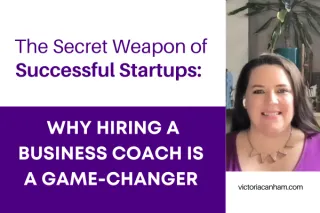
Victoria Canham Coaching Blog: What is... Tech Coaching?
As a small business owner, it's essential to have a strong understanding of technology and how to leverage it effectively for your business. Tech coaching can help you improve your technological profi... ...more
What is
May 30, 2023•2 min read

Victoria Canham Coaching Blog: What is...a Quiz Funnel?
Discover how quiz funnels can revolutionise your marketing strategy. Learn the basics, create effective quizzes, drive traffic, convert participants, analyse performance, and explore success stories. ...more
What is
May 22, 2023•6 min read

Victoria Canham Coaching Blog: What is...Audience Borrowing?
Unlock your business growth potential by adding audience borrowing in your marketing strategy. Discover how to tap into existing audiences by partnering with influencers, complementary brands, and ind... ...more
What is
May 16, 2023•7 min read

Victoria Canham Coaching Blog: What is...a Nurture Sequence?
A nurture sequence is a series of automated emails designed to build relationships with prospects and move them through the buying journey. Learn what a nurture sequence is, how it works, and best pra... ...more
What is
May 08, 2023•5 min read

Signup to receive weekly performance and wellbeing secrets
Signup to receive weekly performance and wellbeing secrets
LET'S WORK TOGETHER
Book a call to find out how I can help you to achieve your peak performance.
© Copyright 2025 Victoria Canham Coaching | Website built by Me on FEA Create (aff.)
Performance Coaching Reading, London, Berkshire, Oxford | St George's Road, Reading, Berkshire, United Kingdom, RG30 2RL | +44 7377 527 529 | [email protected] Open Monday to Friday 9 am until 5 pm




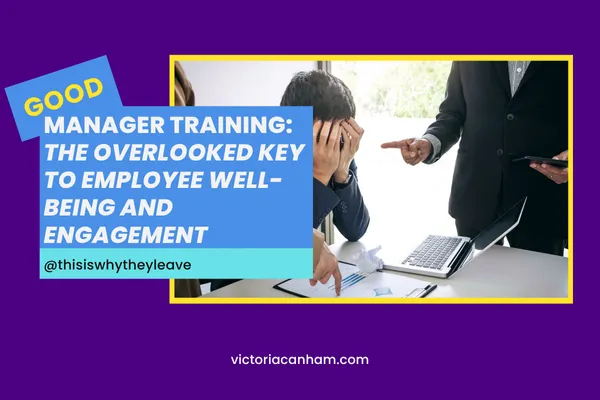







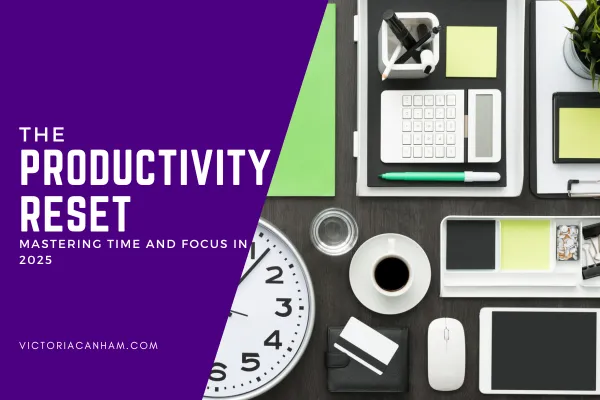

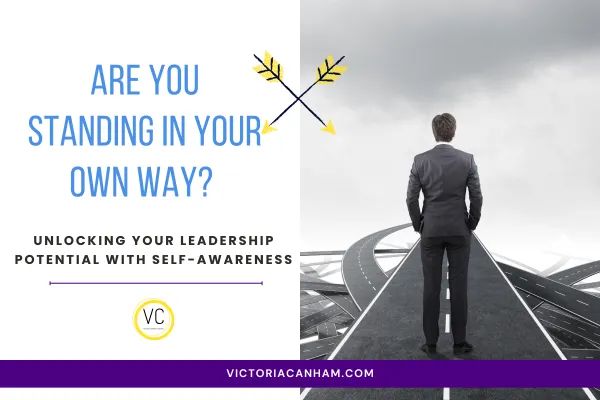


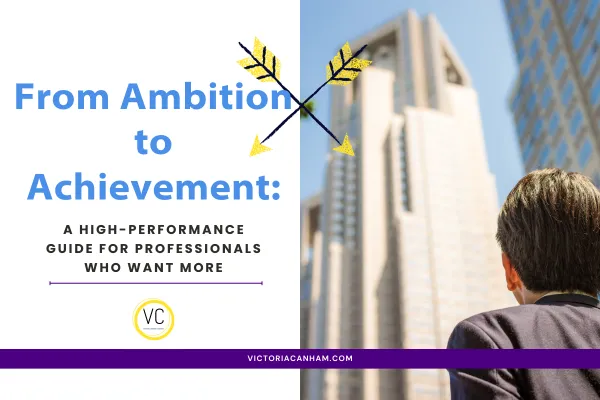





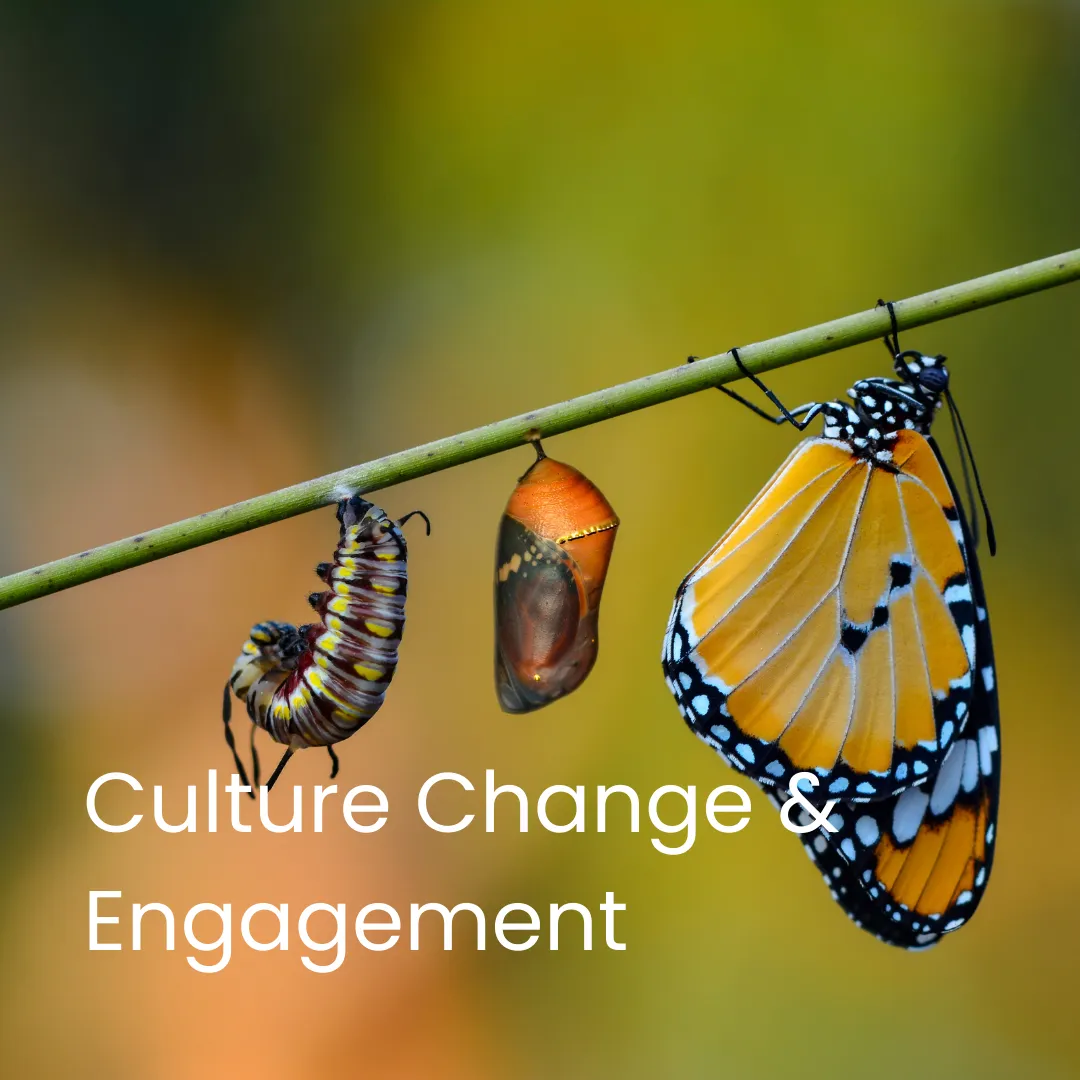

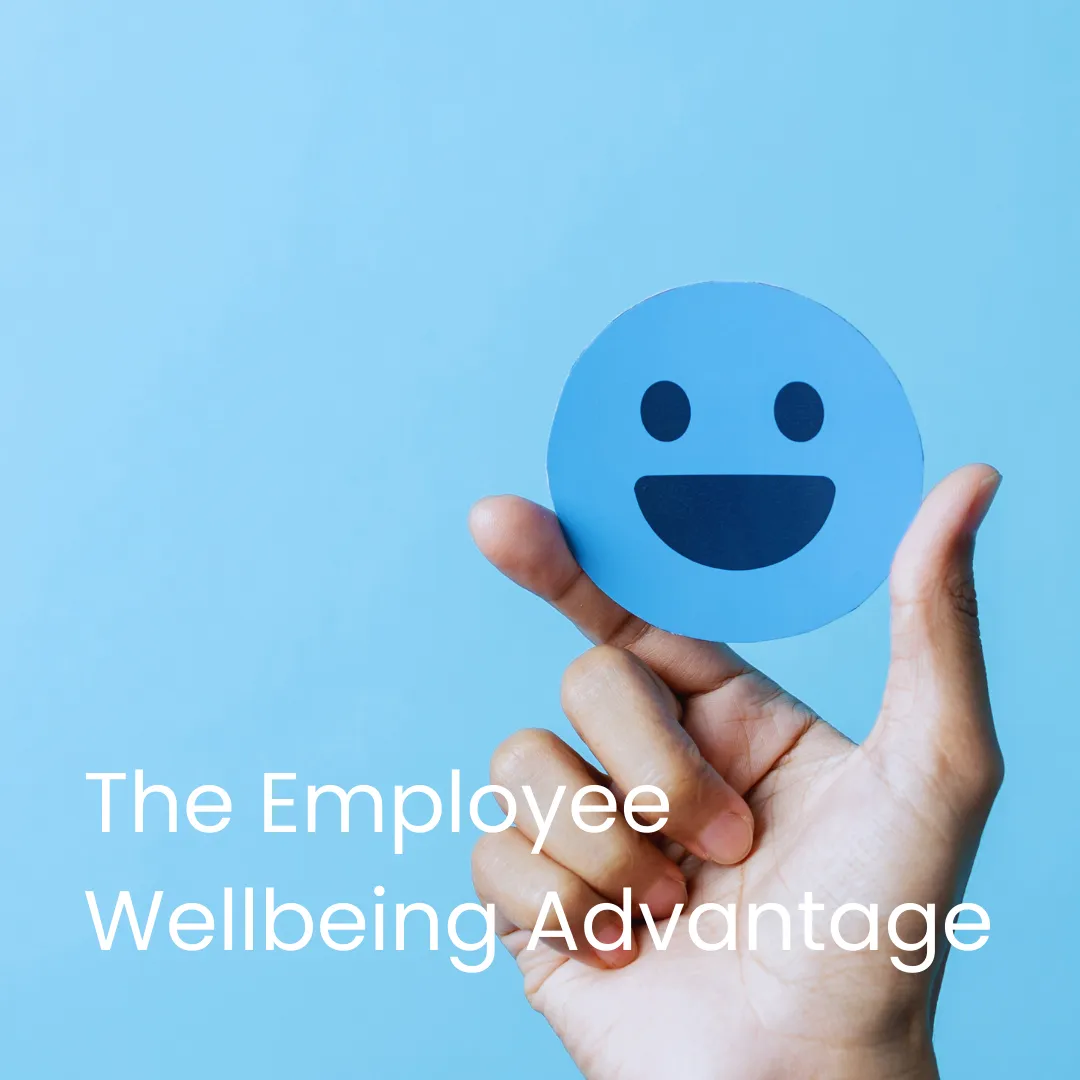
 RSS Feed
RSS Feed